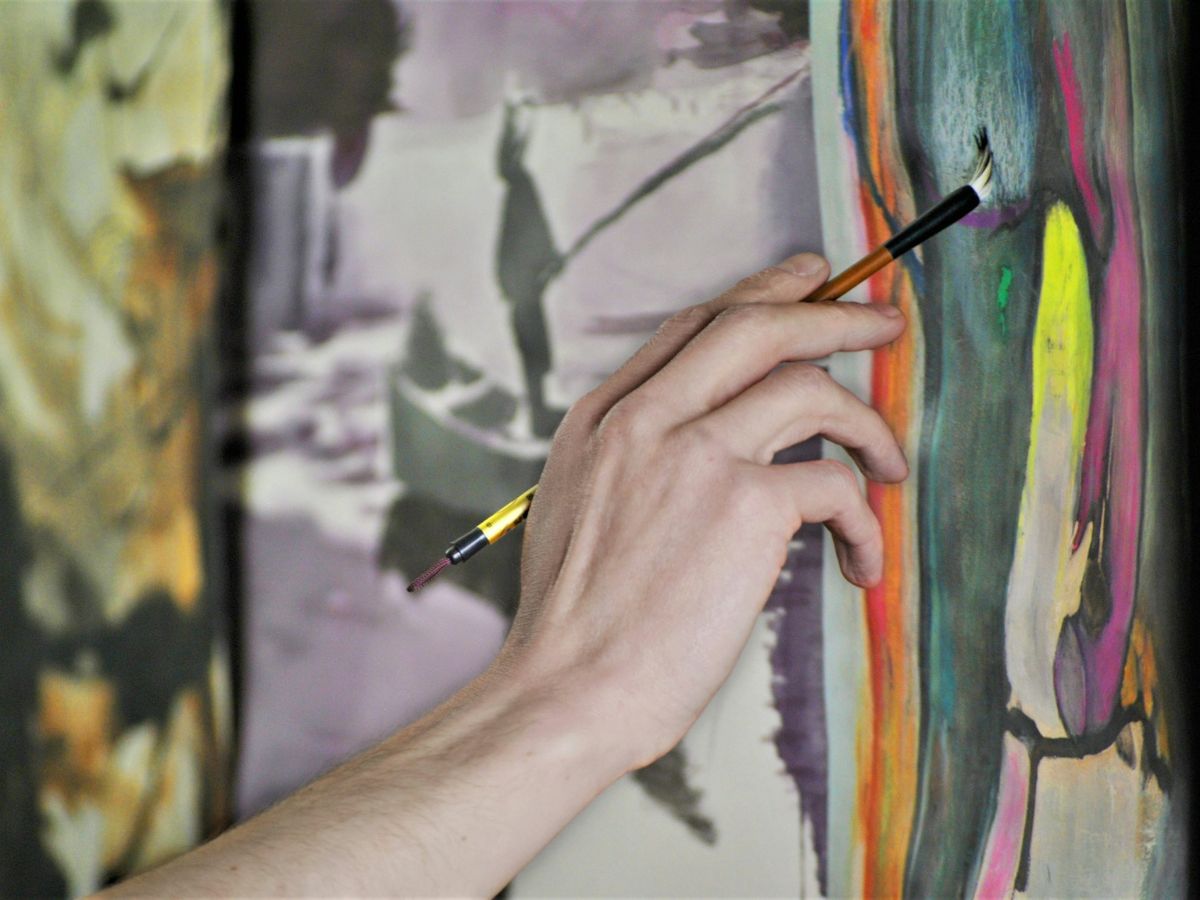
Essential Tips for Choosing the Right Paints and Brushes for Your Custom Canvas
Selecting the right paints and brushes for your custom canvas is crucial to achieving the desired outcome in your artwork. The right materials not only enhance your creative expression but also ensure the longevity and quality of your work.
Here are some essential tips to help you choose the perfect paints and brushes for your custom canvas.
1. Understand Your Medium
First, determine the type of paint you want to use: acrylic, oil, watercolor, or gouache. Each medium has unique characteristics:
- Acrylics – versatile, quick-drying, and can be used on various surfaces. They are ideal for artists who enjoy layering and want fast results.
- Oils – offer a rich, luminous finish and longer drying times, allowing for blending and detailed work. They require more preparation and drying time.
- Watercolors – best for light, transparent layers and fluid, spontaneous techniques. They require specific watercolor paper or a specially prepared canvas.
- Gouache – combines the opacity of acrylics with the fluidity of watercolors, suitable for vibrant and matte finishes.
2. Quality Over Quantity
Invest in high-quality paints. Professional-grade paints contain more pigment and less filler, resulting in richer colors and better coverage. While student-grade paints are cheaper, they may lack the vibrancy and longevity of professional-grade options. Start with a few essential colors and gradually expand your palette as needed.
3. Brush Types and Sizes
Choosing the right brushes is as important as selecting the right paints. Brushes come in various shapes and sizes, each suited for different techniques:
- Round brushes – versatile, perfect for detailed work and fine lines.
- Flat brushes – cover large areas and create sharp edges.
- Filbert brushes – offer a combination of round and flat, ideal for blending and creating soft edges.
- Fan brushes – great for creating textures and blending.
Choose brushes made from high-quality synthetic or natural fibers. Synthetic brushes work well with acrylics, while natural bristle brushes (hog bristle, sable and pony hair) are preferred for oils due to their durability and ability to hold more paint.

4. Consider the Canvas Texture
The texture of your custom canvas influences the choice of brushes. Smooth canvases are ideal for detailed work, requiring finer brushes. Rough or heavily textured canvases suit larger, more robust brushes that can hold more paint and cover the texture adequately.
5. Try Before You Buy
Whenever possible, test paints and brushes before purchasing. Many art supply stores offer samples or testing areas. Feel the brush in your hand, test its flexibility, and check the paint’s consistency and coverage on a small surface. This hands-on approach helps you make informed decisions and avoid disappointment.
6. Maintain Your Tools
Proper care extends the life of your paints and brushes. Clean brushes thoroughly after each use, using appropriate cleaners for the paint type. Store brushes upright or horizontally to maintain their shape. Seal paints properly to prevent drying out and store them in a cool, dry place.
Choosing the right paints and brushes is an integral part of your artistic process. By understanding your medium, investing in quality materials, and selecting the appropriate tools for your canvas, you can elevate your artwork and achieve your creative vision with confidence.